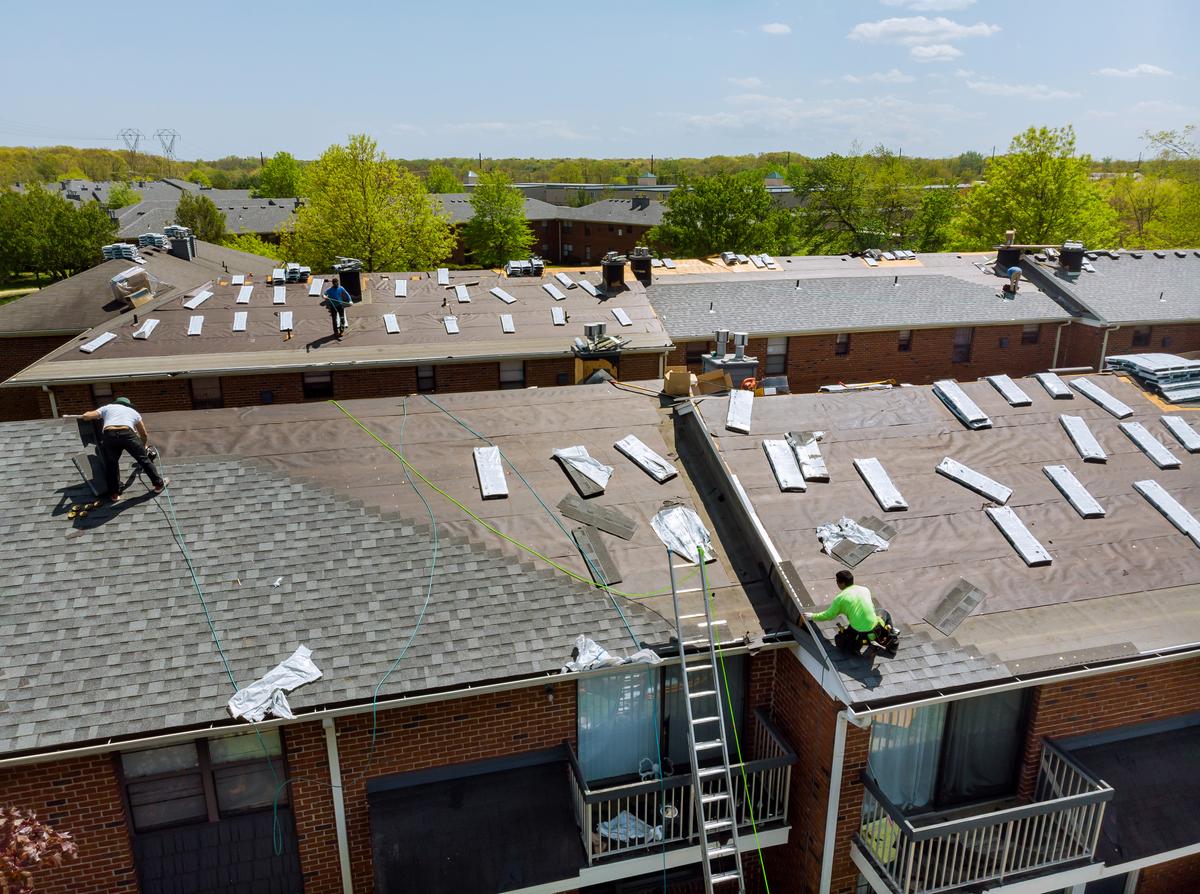Having a roof installed is an expensive and important investment for Florida homeowners. If the roof is not properly constructed, it can lead to costly water leaks and other problems.
The Florida climate demands a strong, durable roofing material. Shingles and tile roofs are popular for Florida homes due to their durability and weather resistance.
High Winds
Florida is a hurricane zone, and high winds are a serious issue that can lead to roof damage. A strong wind can lift shingles or rip them off completely, sending tree limbs and debris hurtling into the roof.
Roofing materials must be designed to withstand high winds and hurricanes. Tile and metal roofs are much more storm-resistant than shingle roofs. In addition, a roof should be properly shaped and pitched to reduce the likelihood of lifting off during a storm.
The sun’s intense heat in Florida can also wreak havoc on your Florida roofing, especially shingle roofs. UV radiation deteriorates asphalt shingles and can cause them to lose strength over time. Proper ventilation is crucial, too. It can help keep your home cool while reducing moisture in the attic.
Heavy Rainfall
Rainfall is a frequent issue in Florida that can result in roof leaks and other damage. Inadequate installation, a lack of attic ventilation, or even clogged gutters that allow moisture to accumulate on the roof can all contribute to this.
Leaking roofs can damage the interior of a home, leading to mold, mildew, and other problems. Getting a leaking ceiling fixed immediately is key to minimizing damage to your home and avoiding expensive repair bills.
If you are looking for a new roof in Florida, avoid 3-tab shingles and choose a quality architectural or premium shingle. These are more durable and can withstand high winds. They also provide better protection against water damage and other roofing issues. Talk with your roofing contractor about these different roof types to determine which would be best for your home.
Hot & Humid Climate
Florida’s hot and humid climate can shorten the lifespan of a roof. The constant extreme heat, sunlight, and humidity cause cycles of expansion and contraction that eat away at the structure and speed up wear and tear. And the frequent rainy weather accelerated by tropical storms and hurricanes can further damage and shorten a roof’s lifespan.
Humidity is a problem for roofs because it creates conditions that encourage the growth of mold, mildew, algae, and other unsightly substances that can trap moisture in your home’s attic, leading to leaks. The problem is exacerbated by poor ventilation and the improper installation of soffits and eaves.
It’s also a problem for roofing materials, such as wood shingles and cedar shakes, that don’t hold up to humidity and high temperatures.
Improperly Installed Roofing Materials
A roof’s lifespan in Florida depends on its ability to withstand severe weather. Choosing roofing materials is important, and having a roofing contractor that understands the challenges your home’s roof will face.
If you’ve noticed that shingles are separating from one another or the roof tiles are missing, these are signs that your roofing material wasn’t properly installed. Another common roof problem is leakage. Holes in the roof can cause leaks, gaps around vents or chimneys, or poorly sealed flashing.
Contact a Florida construction attorney immediately if you’ve discovered a construction defect on your home’s roof. Your construction lawyer can review your claim and advise you of the best legal options. This may include arbitration or mediation instead of a trial.
Missing Flashing
Many homes in Florida are located near the ocean, exposing your roof to salt air that can be corrosive. The salt can damage certain metal flashings, causing leaks or other issues.
Flashing is a thin material that protects vulnerable spots on your roof like the chimney, valleys, dormers and plumbing boots. Water can leak into these areas without proper flashing and cause much damage.
A leak can lead to costly damage inside your home, including mold and mildew. Regular roof inspections and maintenance can prevent leaks before they occur. This can help you save thousands of dollars in repair costs.
